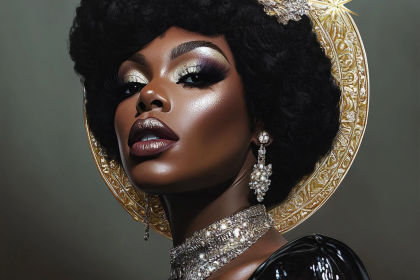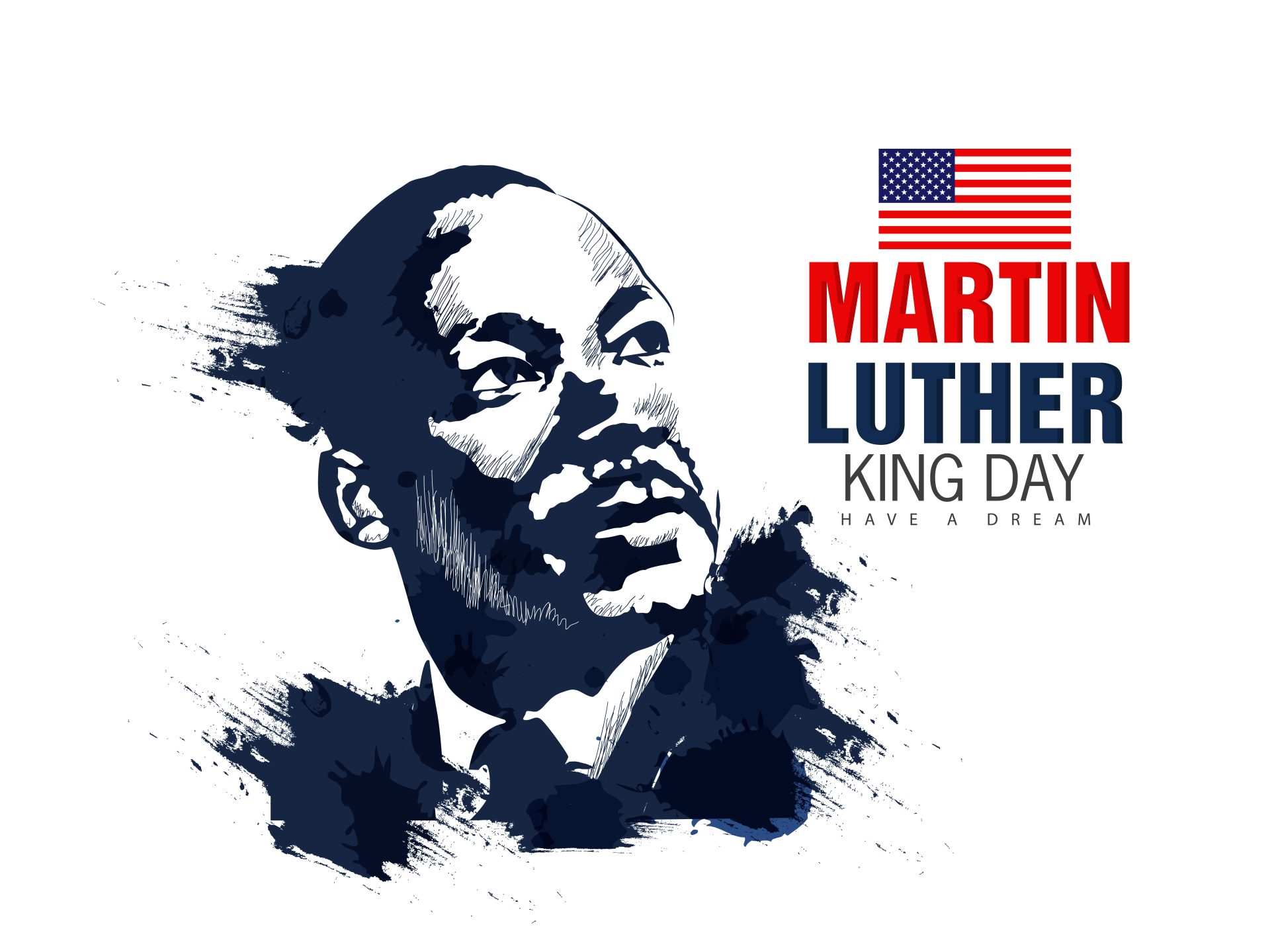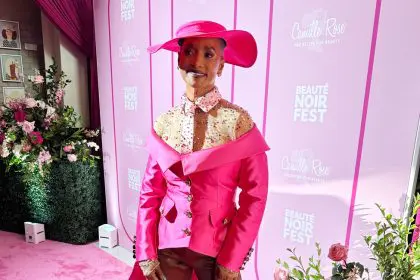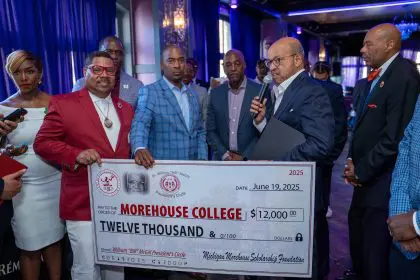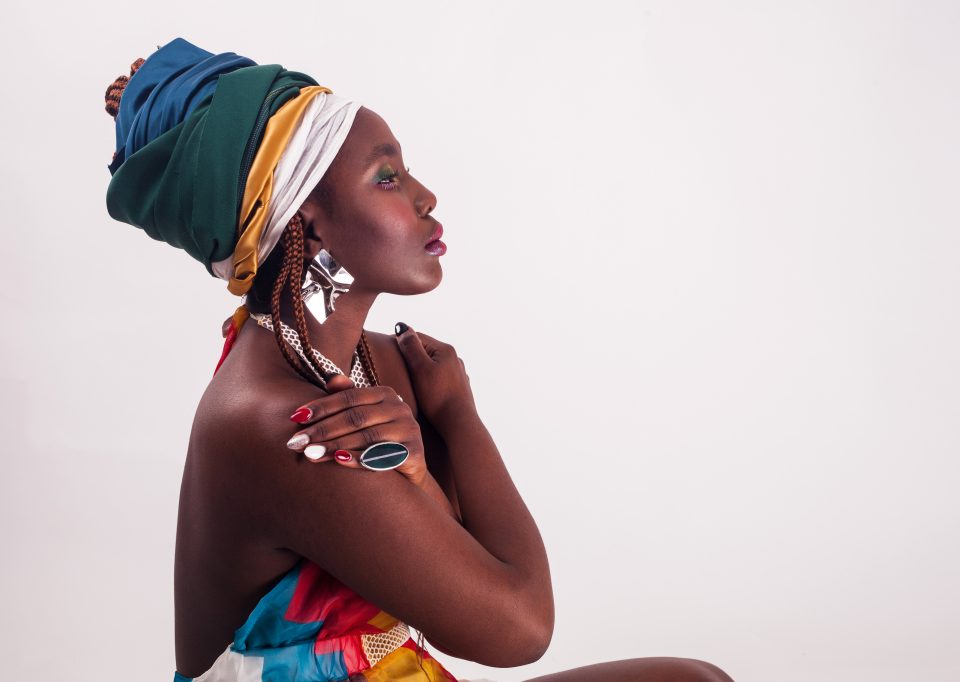
From Dec. 26 until Jan. 1, communities across the nation will celebrate Kwanzaa. Created in 1966 by Maulana Karenga, Ph.D., more than 30 million people will celebrate Kwanzaa this year alone.
According to Karenga, an African American scholar and the author of 10 books including Kwanzaa: A Celebration of Family, Community and Culture, Kwanzaa is an alternative to Christian, Jewish and Islamic traditions. He established the seven principles of Kwanzaa, which includes Umoja, Kujichagulia, Ujima, Ujamaa, Nia, Kuumba and Imani.
The principles of Kwanzaa can encourage the Black community to reach for higher goals as the new year approaches.
Read what every Black person should know about the principles of Kwanzaa below.
Umoja
Umoja means unity in Swahili. “To strive for and maintain unity in the family, community, nation and race.”
Kujichagulia
Kujichagulia refers to defining, naming, creating and speaking for yourself.
Ujima
Defined as “collective work and responsibility,” Ujima refers to uplifting the Black community to build and maintain by solving problems together.
Ujamaa
Ujamaa focuses on cooperative economics. It refers to uplifting the Black community economically by building and maintaining our own stores, shops and other businesses and to profit from them together.
Nia
Nia means purpose. It focuses on the collective vocation of building and developing the Black community in order to restore Black people to their traditional greatness.
Kuumba
Meaning “creativity,” Karenga defines this principle as finding ways to leave the Black community more beautiful and beneficial.
Imani
The final principle means “faith.” Imani seeks to encourage faith in community by “believing with all our heart in our people, our parents, our teachers, our leaders and the righteousness and victory of our struggle.”





